A Rise of Boeing: Planes That Changed the World
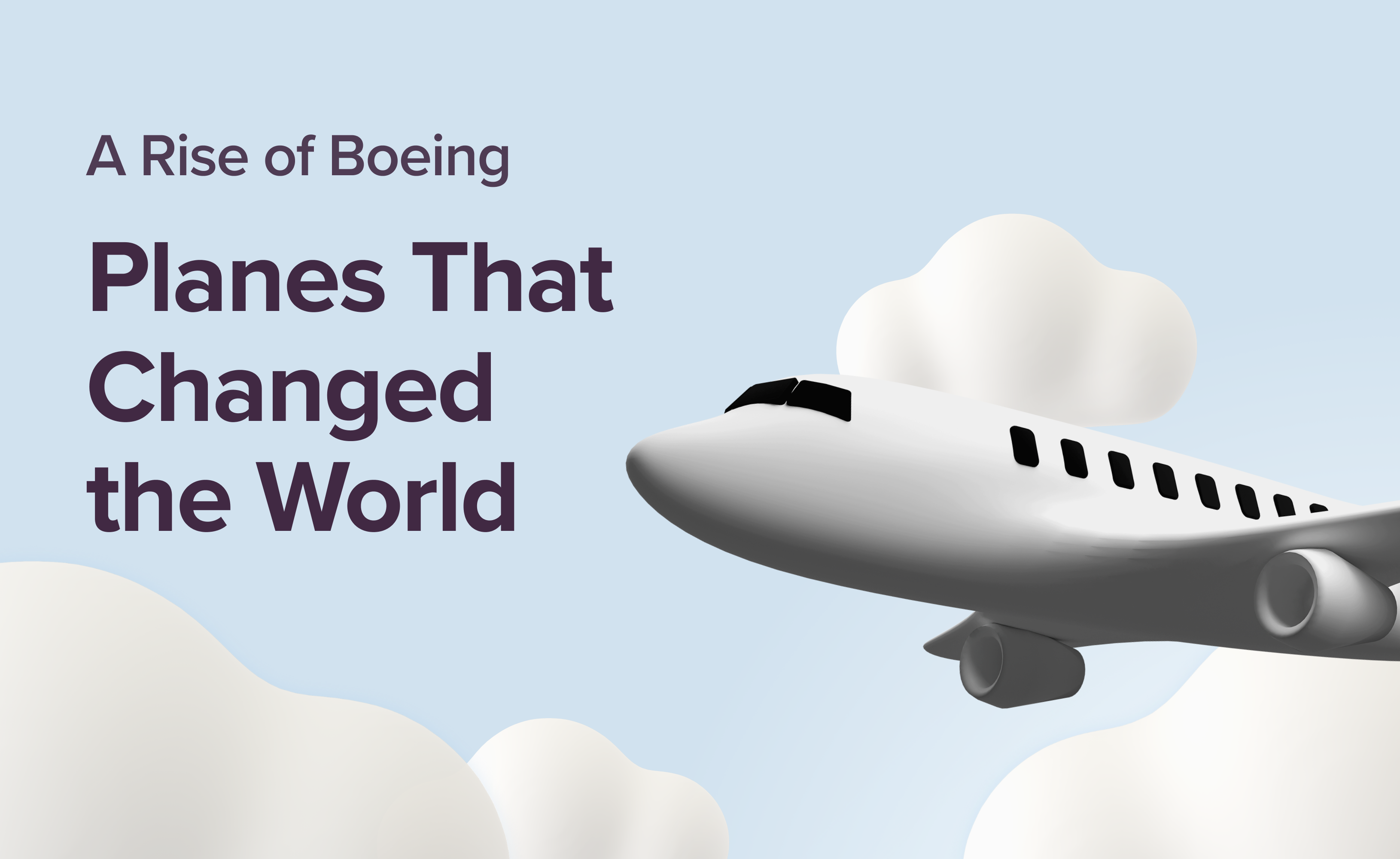
At the turn of the millennium, Boeing stood as a dominant force in the global airliner market and a leading supplier of military and space technology to the U.S. government. Yet, Boeing’s ascent to the top was far from smooth. Fifty years earlier, the company had been a key player in the defence sector, but one of many. Along the way, Boeing, like its competitors, faced missteps in model selection, shifting industry trends, and financial struggles, including challenges with orders, funding, and at times, unwise mergers and acquisitions.
Despite these hurdles, Boeing consistently outpaced its rivals through a unique combination of technological advantage, agility in meeting customer demands, and access to the world’s largest market—the United States. Its success was also rooted in a relentless commitment to engineering excellence and a culture of perfectionism that defined its workforce and leadership.
William Boeing’s Vision
William Boeing established the Boeing Company shortly after the Wright brothers’ historic flight, as aviation began to capture the world’s imagination. In its early years, Boeing produced aircraft for various purposes, including military and commercial aviation. One of its earliest innovative designs, the Boeing Model 247, was the first all-metal passenger airliner. Although it set new standards in aeroplane design, the Model 247 struggled to compete commercially, particularly against Douglas Aircraft Company’s DC-2 and DC-3, which dominated the market before World War II.

William Boeing (right) and intrepid pilot Eddie Hubbard stand proudly beside their historic Boeing Model C biplane. This groundbreaking flight from Seattle to Vancouver on March 3, 1919, marked a pivotal moment in aviation history. Not only did it connect two major cities across the border, but it also carried the first international airmail in North America, forever changing the way we communicate and transport goods.
Douglas controlled nearly 90% of the passenger market with the DC-2 and DC-3 models, while Boeing relied heavily on its military contracts. Nevertheless, the groundwork Boeing laid in its early years proved invaluable, as it developed strong engineering capabilities and a reputation for quality that would support its future success.
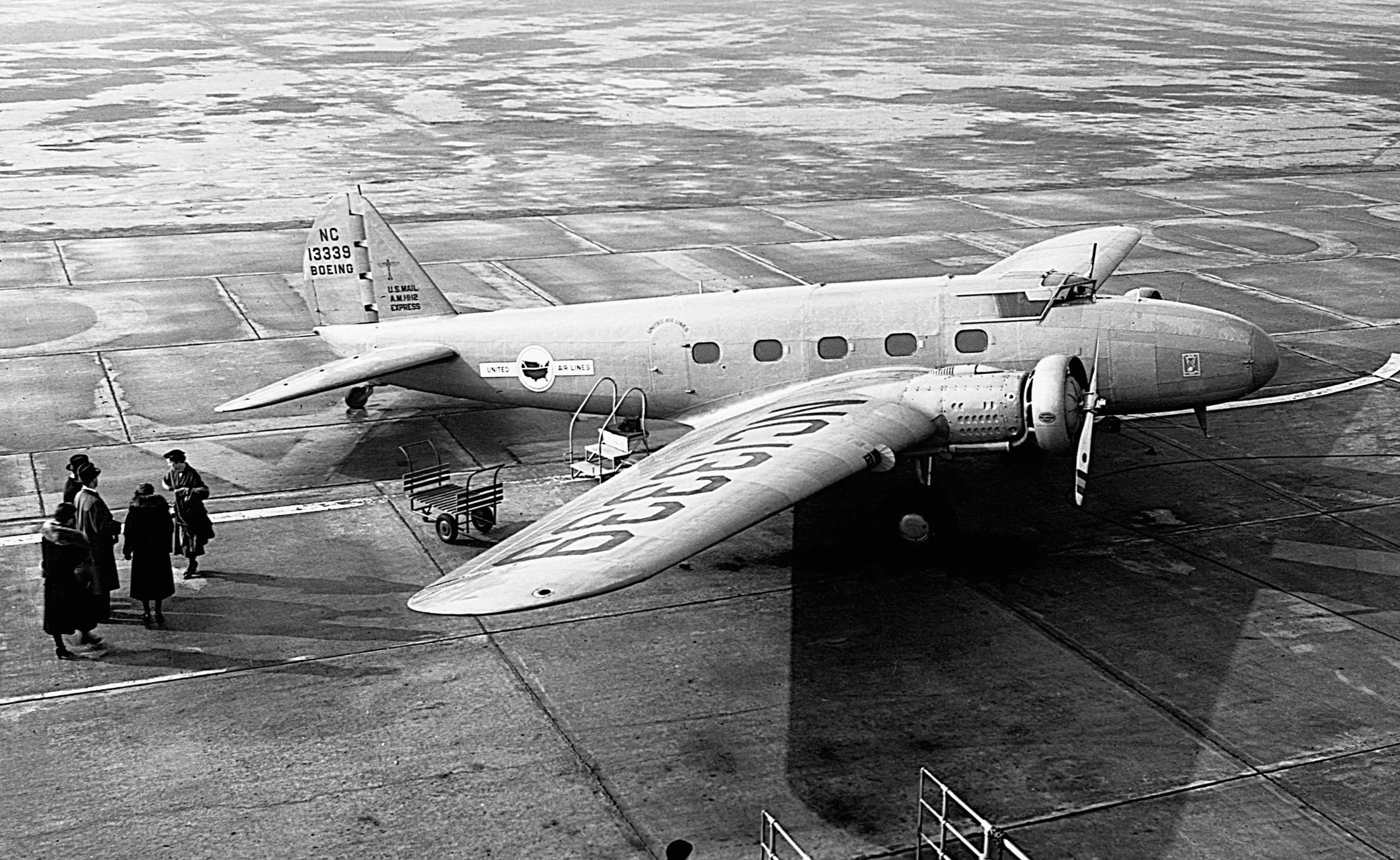
Passengers in Seattle prepare to fly on a Boeing Model 247 aeroplane
Want to know how helicopters took flight? Dive into their fascinating history.
Post-War Challenges and the Cold War Rebound
The post-war period presented significant challenges for Boeing, as the end of military contracts led to massive layoffs and an uncertain future. The company faced fierce competition from Douglas and Lockheed in the commercial market, where turboprop engines still reigned, leaving Boeing with a minimal market share in civilian aviation. However, the Cold War brought a surge in defence spending, and Boeing’s close relationship with the U.S. government enabled it to secure major contracts. These revitalised the company’s finances and set the stage for its dominance in the jet age.

The Boeing B-17 bomber, which was called the “Flying Fortress,” during World War II
During this period, Boeing focused on building advanced military jets, including the B-47 and B-52 bombers, along with the KC-135 refuelling tanker. These models laid the foundation for Boeing’s entry into the commercial jet market, with the Boeing 707.
The Jet Age and the Boeing 707
The introduction of jet engines to commercial aviation was a turning point. Boeing’s extensive experience in military jet technology gave it a critical advantage, allowing the company to develop the Boeing 707 based on its 367-80 prototype, initially used for the KC-135 military tanker. Unlike its European competitors, who had to fund their jetliner developments, Boeing leveraged government-funded designs, giving it a head start.
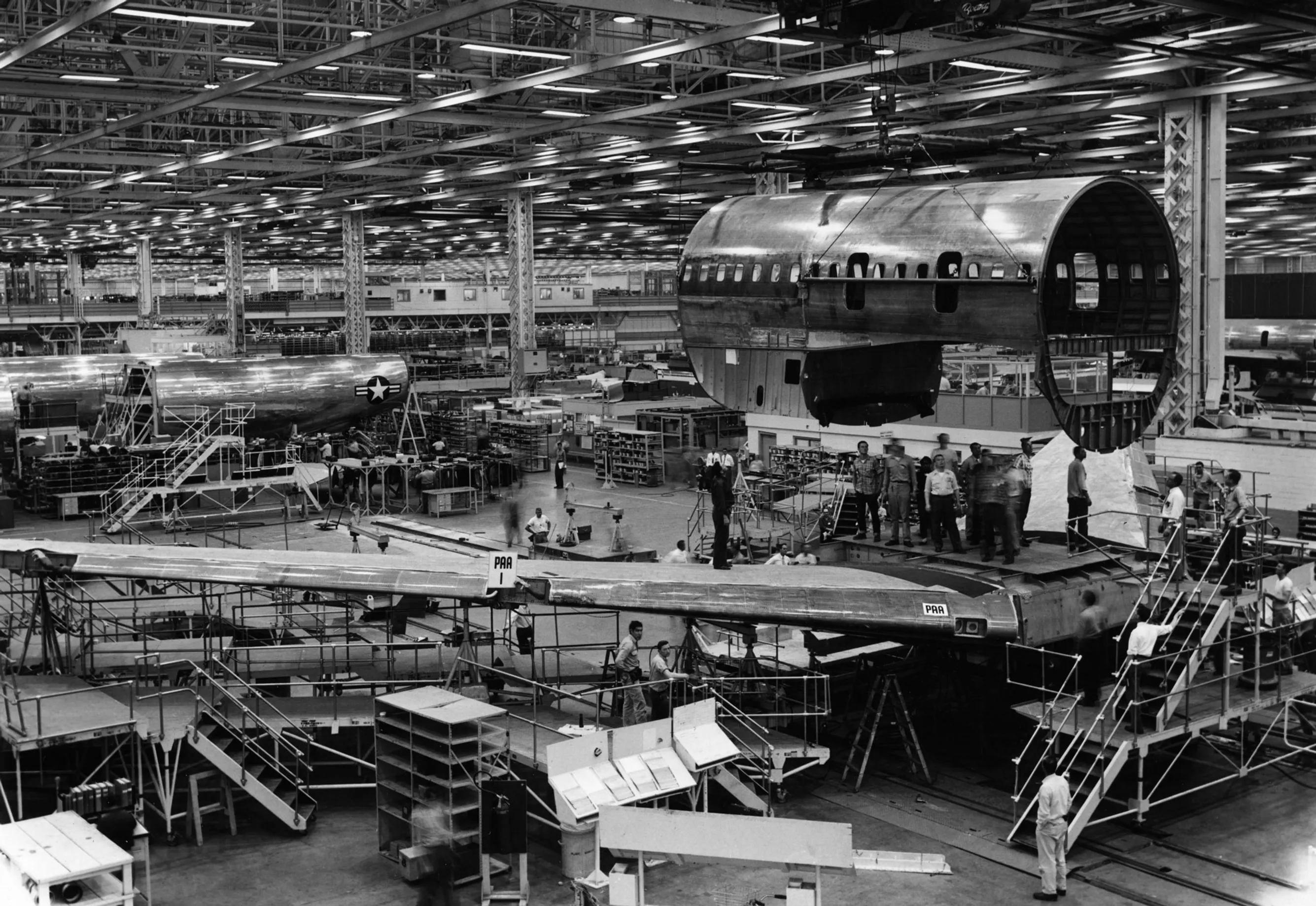
Production of the first Boeing 707 for Pan American Airlines at the Boeing plant. 1958
The 707 became the world’s first commercially successful jet airliner, despite European competition like the de Havilland Comet and Soviet Tu-104, which faced safety and technical issues. The 707’s reliability and passenger appeal positioned Boeing at the forefront of the commercial jet market, making it a global standard for jet airliners and transforming long-distance travel.

A Pan American Airlines B-707 in the skies over Washington state. September 1958
Expanding Boeing’s Fleet
As jet travel gained popularity, Boeing continued to innovate to meet diverse airline demands. In 1963, Boeing launched the Boeing 727, designed to serve regional routes with a tri-engine configuration that balanced power and fuel efficiency. This model quickly gained popularity, outpacing competitors like the DC-9 and BAC One-Eleven, and securing Boeing’s dominance in short-haul and regional aviation.
However, Boeing’s true breakthrough came in 1967 with the launch of the Boeing 737. Although initial sales were slow, the 737 went on to become the world’s best-selling jet airliner, providing a versatile, reliable option for short to medium-haul routes.

Boeing-737 at Ireland's Knock Airport
In response to the growing demand for high-capacity airliners in the 1970s, Boeing developed the Boeing 747, the first “jumbo jet,” with a distinctive double-decker design. Although Boeing faced a financial crisis during its development due to the oil embargo, economic recession, and a general downturn in the aerospace industry, the 747 ultimately transformed global aviation. It offered airlines unprecedented capacity, making intercontinental travel more accessible, and established Boeing’s reputation as an industry leader.
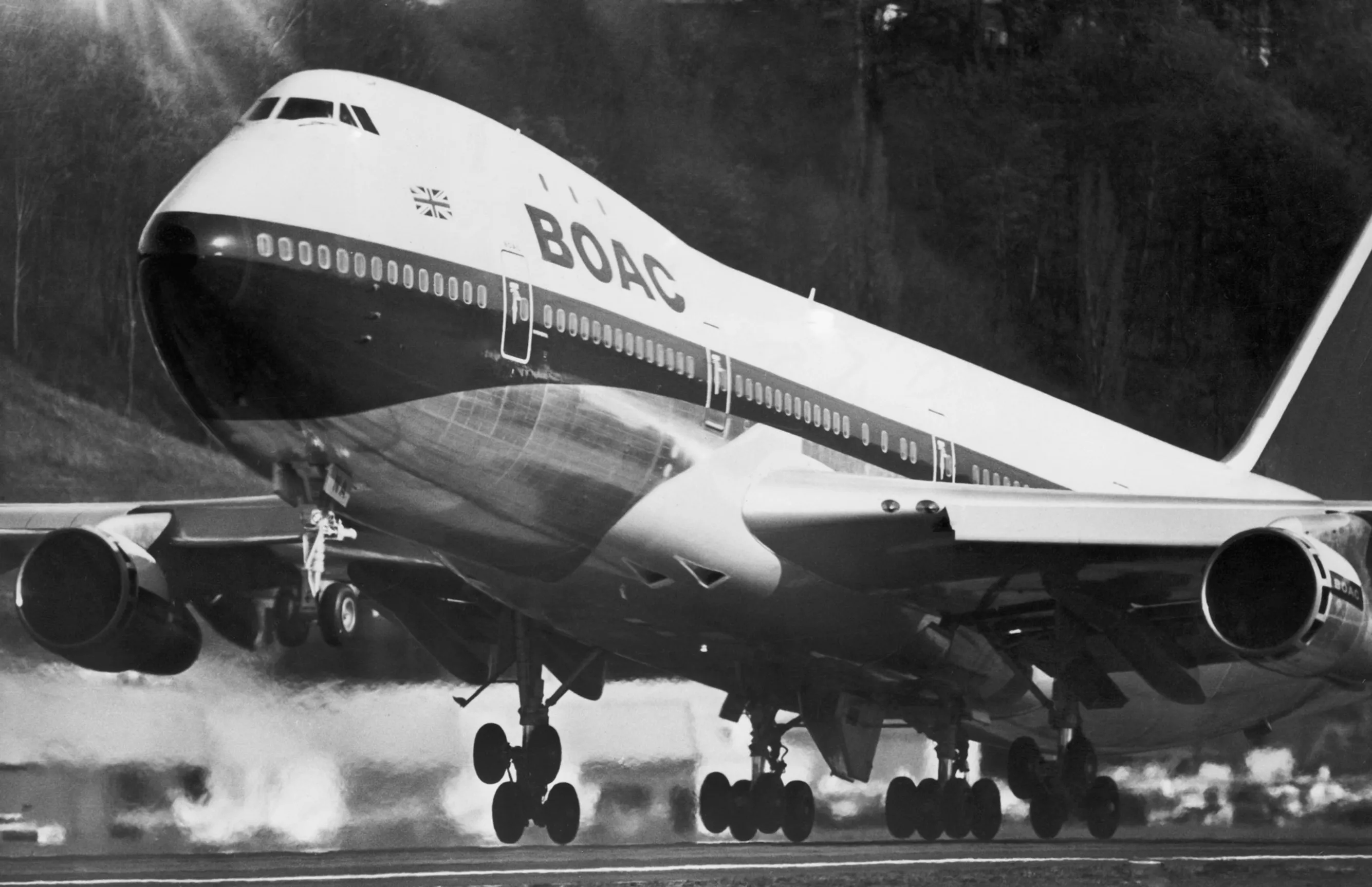
A Boeing 747 takes off from London's Heathrow Airport. April 7, 1971
Overcoming Economic Crises and New Models in the 1980s
The economic turbulence of the 1970s, triggered by the oil crisis, the end of the Vietnam War, and the slowdown of the Apollo programme, impacted Boeing’s operations significantly. The company’s slogan, “Working Together,” represented its collaborative approach to managing challenges, but mass layoffs were unavoidable as orders slowed.
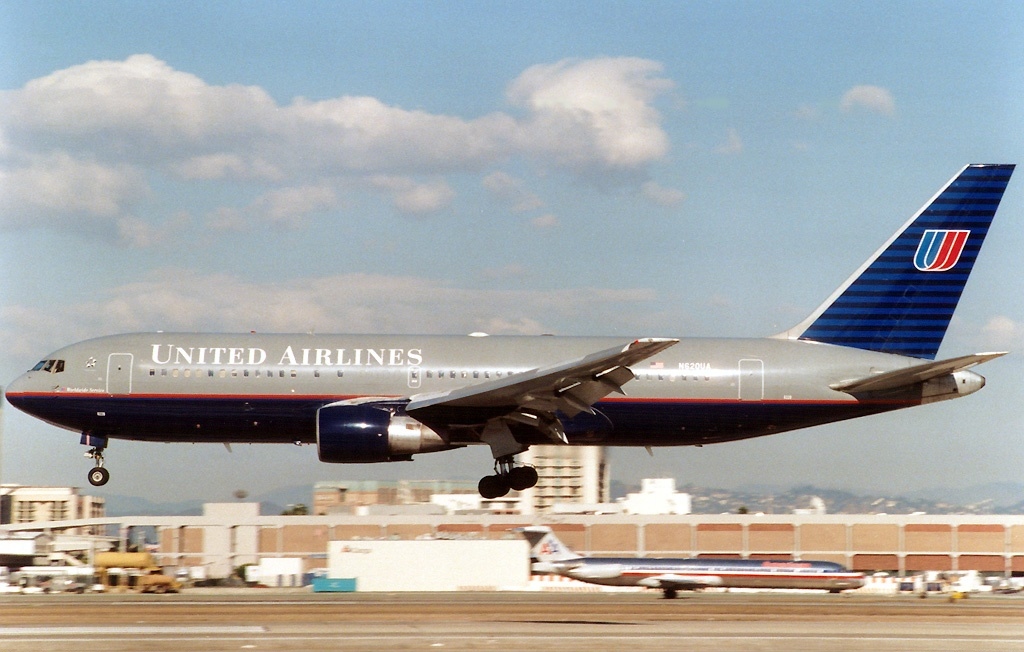
Boeing 767-222
Despite these challenges, Boeing launched new aircraft in the 1980s to meet the demands of a recovering economy. The Boeing 767 and Boeing 757, introduced in the early 1980s, provided airlines with advanced options for both medium-haul and long-haul routes. The 767 competed directly with Airbus’s A300 and McDonnell Douglas’s DC-10, while the 757 offered a larger narrow-body alternative to the 737. By the mid-1980s, Boeing had established a full range of aircraft models, from the 737 for regional routes to the wide-body 747 for international travel.
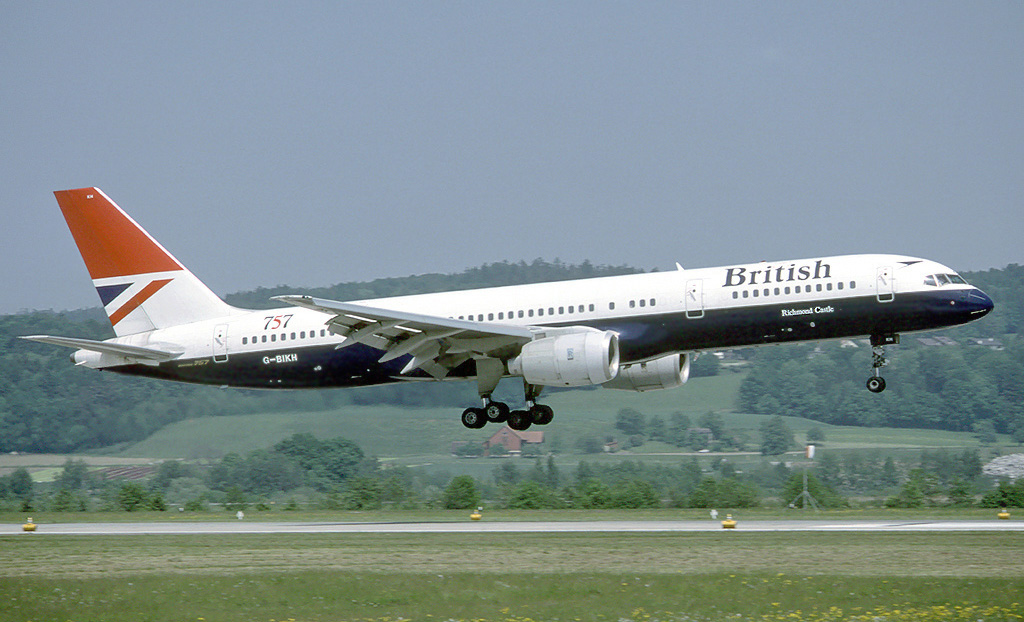
British Airways was one of the first customers for the RB211-powered 757.
The Rise of Airbus and the “A vs. B” Rivalry
By the late 1980s, Airbus emerged as Boeing’s most formidable competitor, with the launch of its A320 family. Airbus’s advanced fly-by-wire technology and focus on fuel efficiency attracted airline interest, positioning the A320 as a direct competitor to Boeing’s 737. The A320’s success marked the beginning of the ongoing rivalry between Boeing and Airbus, often referred to as the “A vs. B” battle.
Boeing continued to innovate, but Airbus’s collaborative approach with European governments and manufacturers gave it strong financial backing, enabling it to launch successful models that challenged Boeing’s dominance. Despite Airbus’s rise, Boeing remained resilient, consistently updating its models and reinforcing its reputation as a leader in aviation technology.
Engineering Triumphs Amid Rising Challenges

Boeing 777 model presentation
While competition with Airbus intensified, Boeing also sought to bolster its offerings in wide-body aircraft. The Boeing 777 was introduced as a technologically advanced rival to Airbus’s A330 and A340, featuring Boeing’s adaptation of fly-by-wire control. Meanwhile, Boeing continued to update its legendary 747 series to counter the later-launched but commercially unsuccessful Airbus A380. Despite these efforts, Airbus had firmly established itself as a formidable competitor, and the global aviation market settled into a duopoly, with airlines leveraging both companies in purchase negotiations.
To shield its domestic stronghold, Boeing secured exclusive purchasing agreements with several major U.S. airlines throughout the 2000s. Yet Airbus still found ways to breach the U.S. market, notably when American Airlines ordered 260 Airbus jets in 2011, including 130 of the fuel-efficient A320neo. In response, Boeing opted to upgrade the engines on its 737 platform rather than developing a new model, culminating in the 737 MAX.
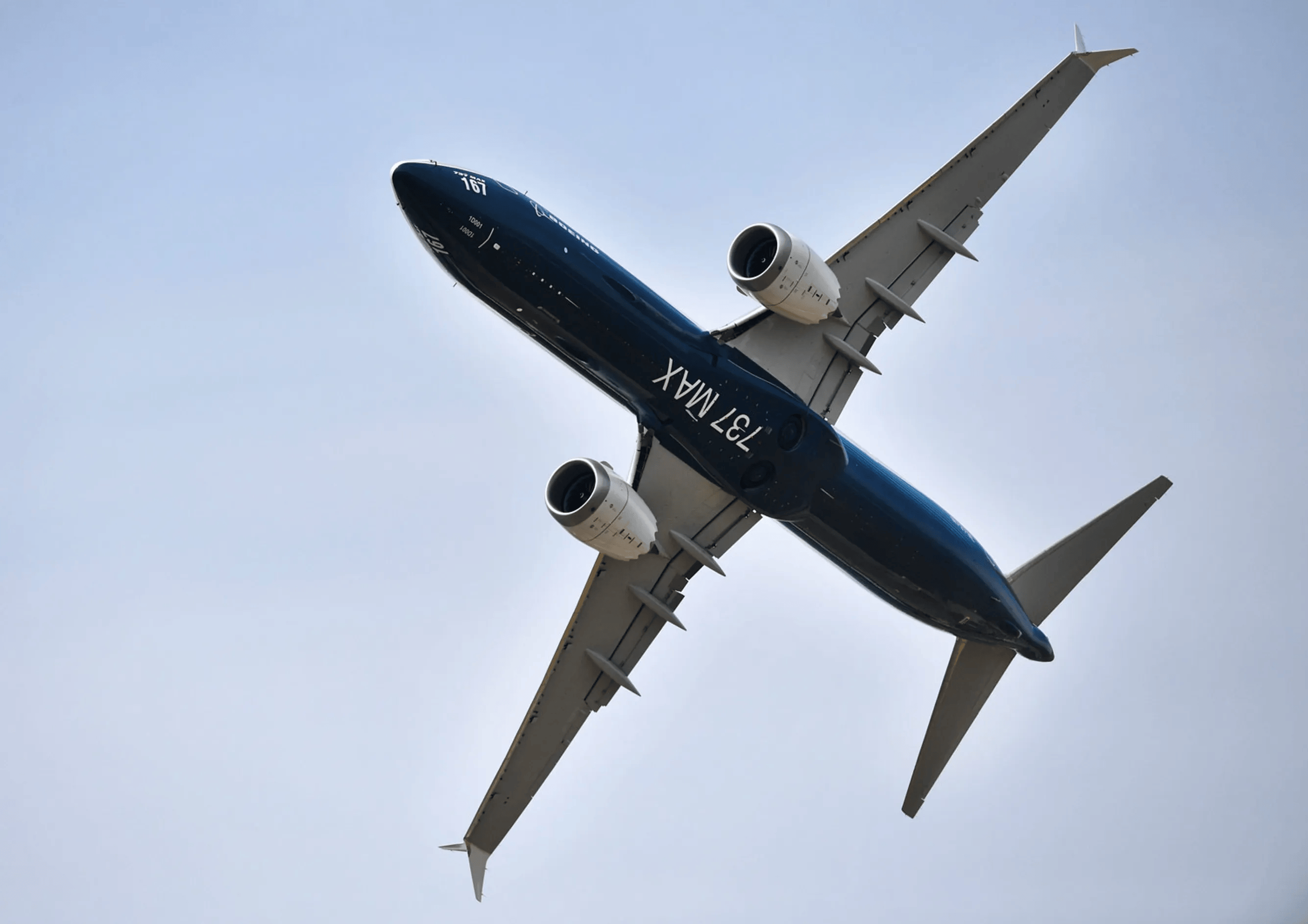
Boeing 737 MAX at the Le Bourget air show in France. June 20, 2017
Rising Fuel Costs and Boeing’s Response
The early 2000s saw a surge in global fuel prices, forcing airlines to seek more fuel-efficient aircraft. Boeing’s once-popular 757 became too heavy to compete with Airbus’s lighter, more fuel-efficient A321, leading to the 757’s discontinuation in 2004. As the demand for fuel-efficient aircraft increased, engine manufacturers like Pratt & Whitney, Rolls-Royce, and General Electric developed engines that delivered 10% or more in efficiency gains, helping manufacturers like Airbus gain ground.
Boeing adapted the ageing 737 design to accommodate larger engines, resulting in the 737 MAX series. However, challenges arose due to the 737’s design, which necessitated the engines’ forward placement, impacting the plane’s balance and leading Boeing to implement the MCAS (Manoeuvring Characteristics Augmentation System) to counter potential stall risks. This led to critical vulnerabilities in the aircraft’s design.
The 737 MAX Crisis

The first of two tragic 737 MAX crashes occurred on October 29, 2018, when a Lion Air aircraft crashed shortly after take-off. It was later revealed that MCAS had activated incorrectly, responding to faulty sensor data and causing a fatal loss of control. Boeing issued instructions for pilots on handling potential MCAS malfunctions, but the system itself remained unchanged.
On March 10, 2019, a second crash involving Ethiopian Airlines brought a global grounding of the 737 MAX, plunging Boeing into a crisis that severely damaged its reputation and finances.
In the wake of these tragedies, Boeing’s leadership faced significant backlash. Although the company replaced its CEO, new leadership largely retained the previous financial focus, continuing to prioritise shareholder returns over engineering and safety investments.
While the MAX crisis dealt a severe blow, Boeing remains statistically safe by industry standards, and its aircraft continue to be among the most technologically advanced. Since the 1980s, both Boeing and Airbus have improved aircraft safety significantly, aided by advancements in pilot training and cockpit collaboration protocols.
A Legacy of Engineering Excellence
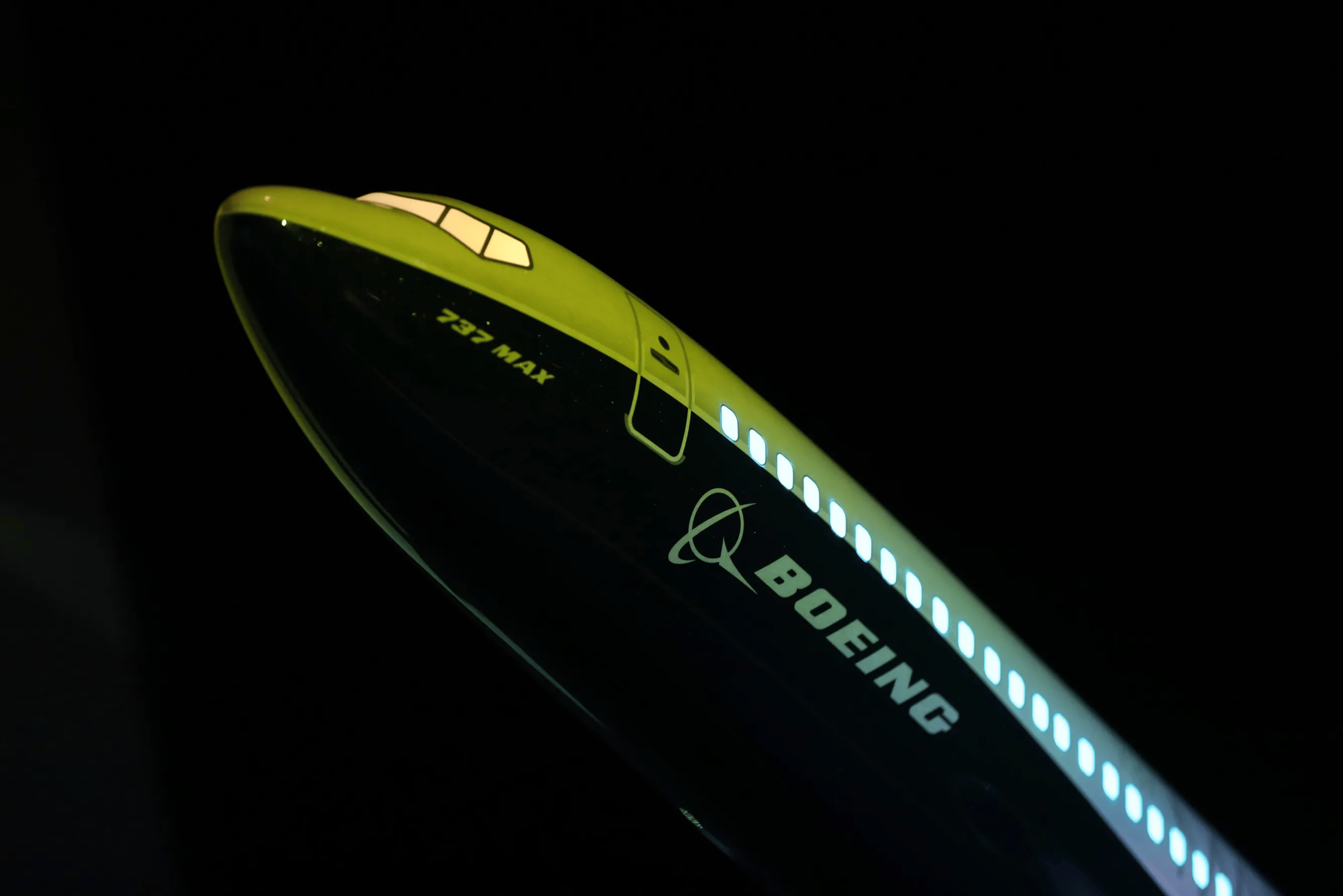
From its pioneering 707 to the iconic 747, Boeing has consistently shaped the course of commercial aviation. Its aircraft have connected continents, revolutionized air travel, and set industry standards for decades. However, recent years have presented significant challenges, including safety concerns, production delays, and increased competition from rivals like Airbus.
Despite these setbacks, Boeing's engineering expertise, history of innovation, and commitment to safety position it for recovery. The company is actively addressing the challenges it faces, investing in advanced technologies, stringent safety protocols, and sustainable practices. By focusing on research and development, Boeing aims to regain its position as a global aviation leader.
















































